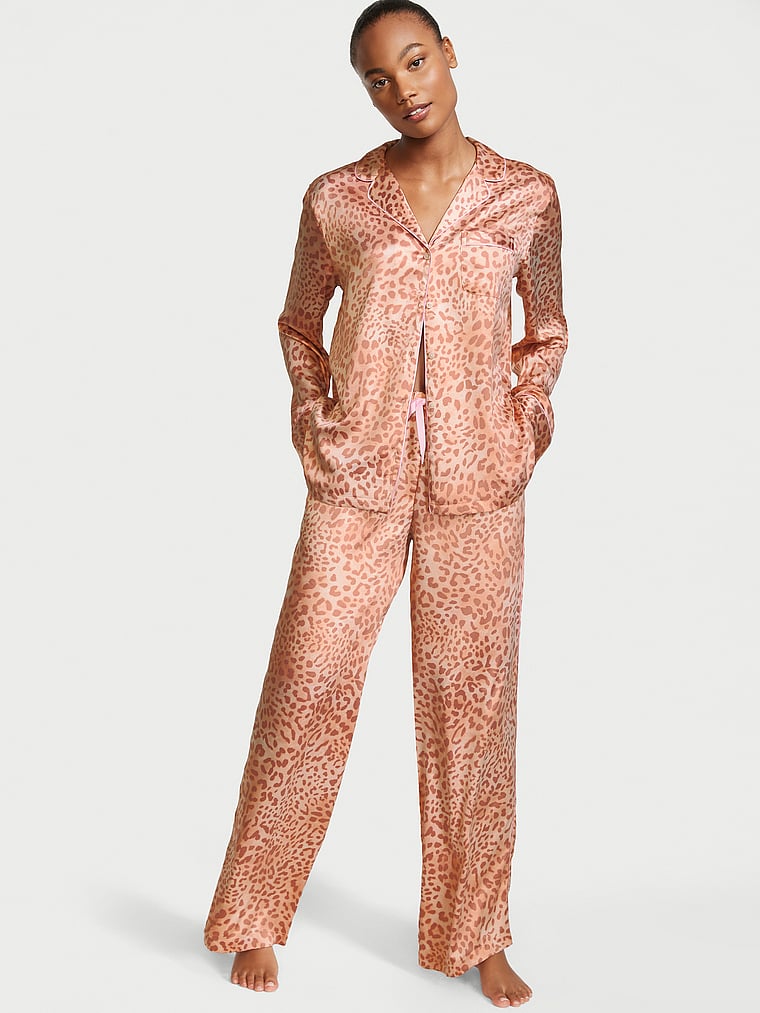
The company also sources 90% of its product via “open buy” and not “committed buy” agreements – allowing greater flexibility in innovating. No supplier provides more than 10% of Victoria’s Secret’s purchases. Overall, Victoria’s Secret partners with select contract manufacturers who are mostly small and agile. The remaining vendors are cost-effective, high volume suppliers for the basic lines. It selects a handful of vendors that have proven innovative, technologically advanced manufacturing that can keep up with the rapid concept-to-market goals for fashion launch products. Supply Chain: Victoria’s Secret manages two supply chains – one for fashion launches, another for its basic products. The product line Pink was innovated in this way to attract a younger, college-aged woman. New concepts are tested in small batches in select company stores. Chase.” The company’s internal design studios are constantly seeking inspiration for new product designs. A key philosophy of the company is to “Read. It prioritizes design and speed to market. The company places tremendous focus on its “concept-to-market” process.


Victoria’s Secret is continuously working to introduce new and innovative products. Product Design: The business model requires that the company remain agile and refresh its offerings.
#VICTORIA SECRET DELIVERY SERIES#
Pathways to Just Digital Future Watch this tech inequality series featuring scholars, practitioners, & activistsĮxperience: Victoria’s Secret was also able to transform the intimates shopping experience from a “need to do” activity to a branded, quality-service experience.įive elements of Victoria’s Secret’s operations neatly align with its value creation goals. To drive store traffic, sales, and growth, Victoria’s Secret continuously launches new products (“fashion launches”) while also maintaining some staples (“non-launch” or “basics”). collections linked to the world-famous Victoria’s Secret fashion show). push-up design), as well as aspirational value (e.g. Products: The company offers innovative, sophisticated products at an attainable price point. Victoria’s Secret creates value for its customers in two key ways:

A unique value proposition, and execution of an aligned operating model, are behind the lingerie giant’s success. But there’s more at play here than just genius marketing. Victoria’s Secret is a success story – it enjoyed tremendous growth and market share gain over its history, built a powerful name, penetrated popular culture, and commanded brand awareness. Operating income margins are 18%+, higher than the apparel industry average. Its 1,100 stores generate $7.2 billion in annual sales, affording it a 35%+ share of the intimates market in the United States. CNN Sans ™ & © 2016 Cable News Network.Victoria’s Secret is the world’s leading specialty retailer of intimate apparel. Market holidays and trading hours provided by Copp Clark Limited. All content of the Dow Jones branded indices Copyright S&P Dow Jones Indices LLC and/or its affiliates.

Standard & Poor’s and S&P are registered trademarks of Standard & Poor’s Financial Services LLC and Dow Jones is a registered trademark of Dow Jones Trademark Holdings LLC. Dow Jones: The Dow Jones branded indices are proprietary to and are calculated, distributed and marketed by DJI Opco, a subsidiary of S&P Dow Jones Indices LLC and have been licensed for use to S&P Opco, LLC and CNN. Chicago Mercantile: Certain market data is the property of Chicago Mercantile Exchange Inc. US market indices are shown in real time, except for the S&P 500 which is refreshed every two minutes. Your CNN account Log in to your CNN account


 0 kommentar(er)
0 kommentar(er)
